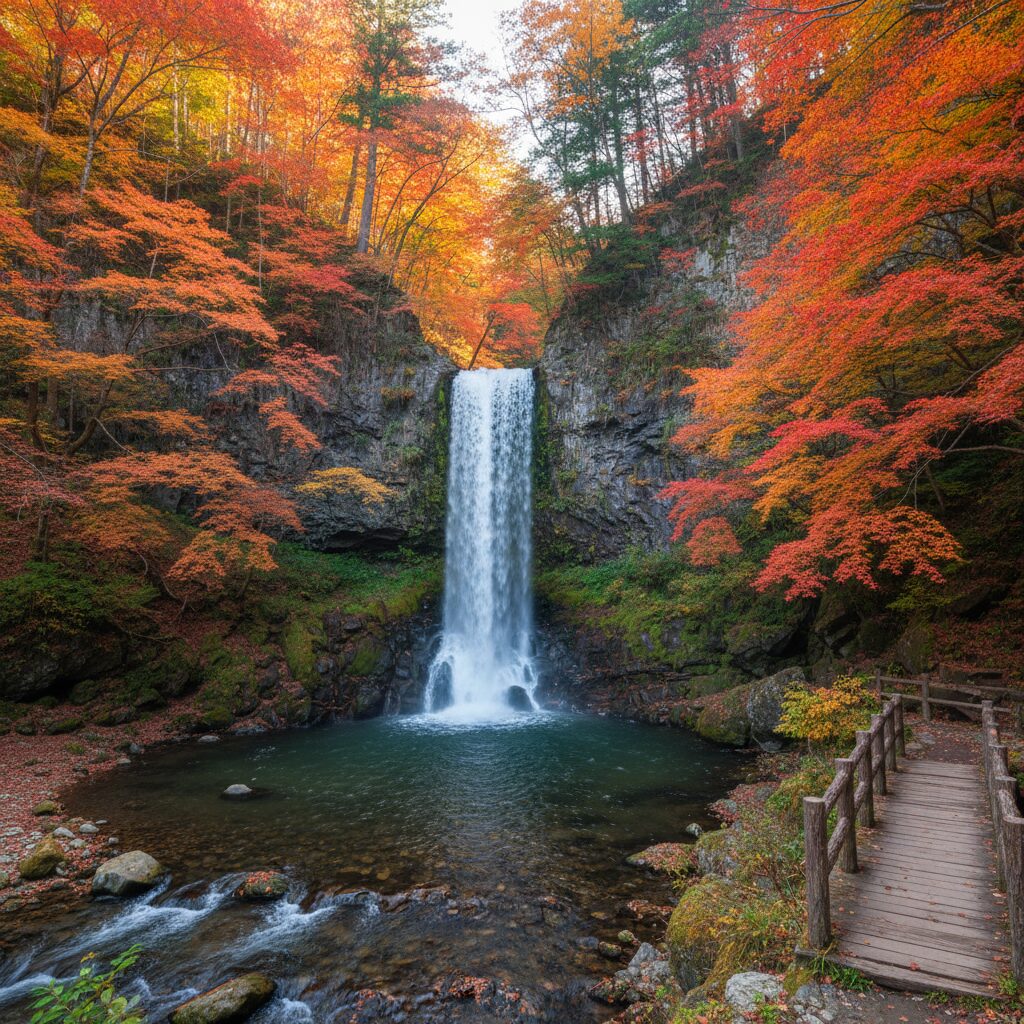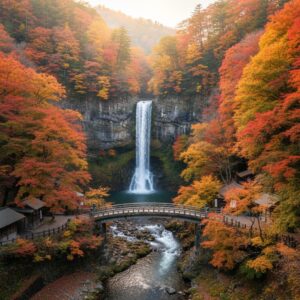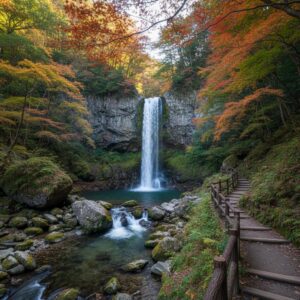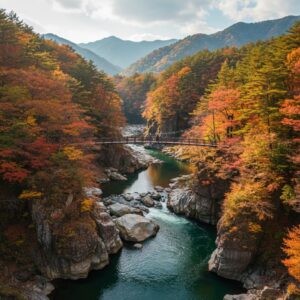Just when you think you have Osaka figured out—its neon-drenched heart in Dotonbori, the endless thrum of its subways, the towering castle standing sentinel over a sea of concrete—the city reveals a secret. It’s a whisper of rushing water, a flash of fiery maple leaves, and the mischievous glint in a monkey’s eye. This secret has a name: Minoh Park. A mere thirty-minute train ride from the urban core of Umeda, this forested valley feels like a portal to another Japan, a world away from the hustle. It’s a place where the air suddenly feels cleaner, the sounds soften to the rhythm of a flowing river, and the main objective of the day is simply to walk towards the crescendo of a magnificent waterfall. For families, for solo travelers, for anyone needing to trade skyscrapers for ancient trees, Minoh Park isn’t just a day trip; it’s a deep, refreshing breath for the soul. It’s the city’s green lung, a testament to Japan’s profound ability to preserve nature right on the doorstep of its most vibrant metropolises. Here, the journey is just as beautiful as the destination, a gentle pilgrimage along a path that has welcomed visitors for centuries.
For a detailed guide to navigating this beautiful trail and reaching the waterfall, check out our guide to Minoo Park’s scenic waterfall trail.
The Effortless Escape: Your Journey from Urban Jungle to Forest Floor
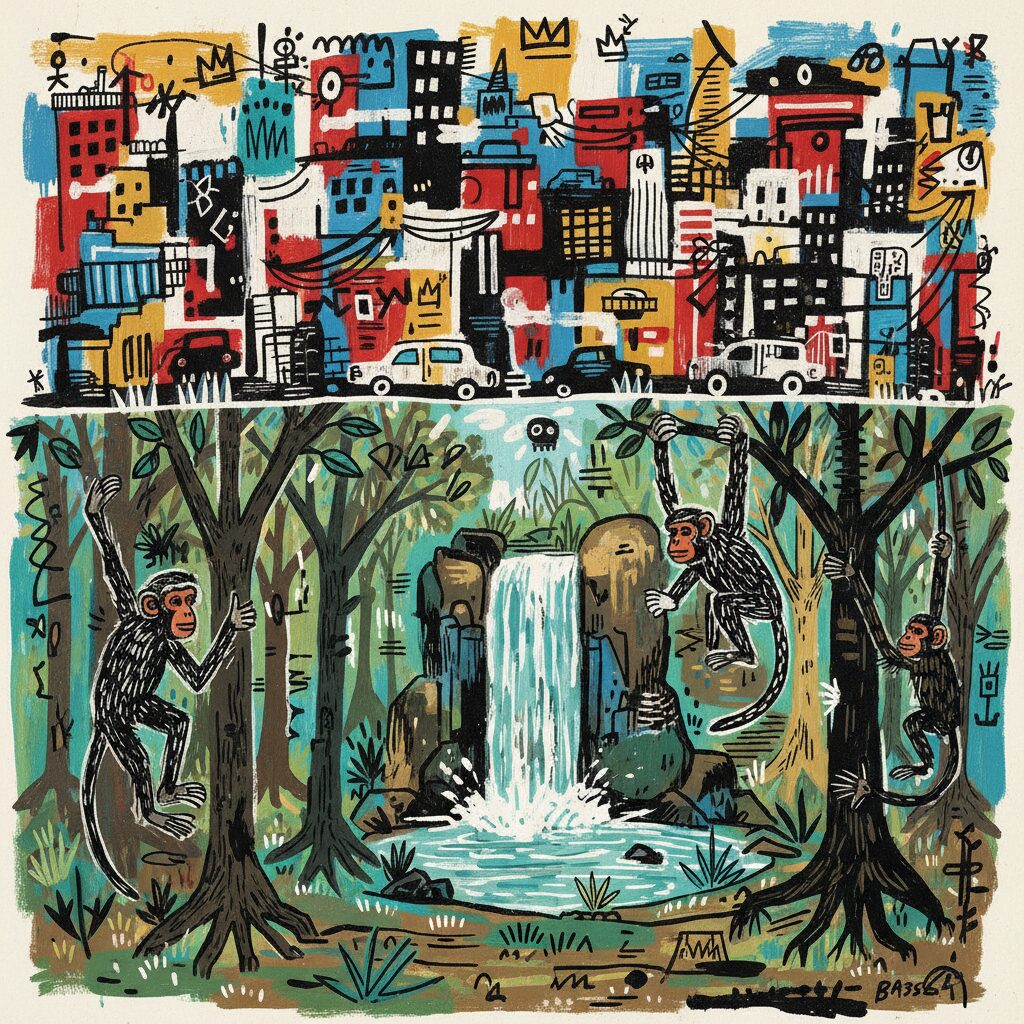
One of the most outstanding features of Minoh Park is its remarkable accessibility. It feels remote and wild, yet reaching it exemplifies Japanese efficiency. The journey starts at Hankyu Umeda Station, a vast maze of train lines that might seem overwhelming initially. But don’t worry—the route to peace is clearly indicated. You’ll want to take the Hankyu Takarazuka Line. The trains are a delight, adorned in their distinctive maroon color, gliding quietly along. It’s a smooth ride, and soon the dense urban blocks give way to quieter residential areas. The key is to watch for Ishibashi handai-mae Station—that’s your transfer point. Here, you’ll switch to the Hankyu Minoh Line, a short and charming branch line that seems designed specifically to bring visitors right to the park’s entrance. In just a few minutes, you arrive at Hankyu Minoh Station. Stepping onto the platform feels like stepping back in time, with its beautiful retro-European style, complete with a quaint clock tower and warm wooden details. It immediately creates a relaxed atmosphere, signaling that the city is truly behind you. From the station exit, the entrance to the park’s main walking path, the Takimichi Trail, is literally right there. There are no confusing buses to catch or lengthy walks from the station—you arrive, and the magic begins. This seamless transition is a true gift, especially when traveling with children whose patience for complicated transit can wear thin. It turns the idea of a spontaneous nature escape from a dream into an easy reality.
A Path Paved with Wonder: The Takimichi Trail
The Takimichi Trail serves as the main thoroughfare of Minoh Park, a beautifully maintained, paved path that winds alongside the Minoh River for about three kilometers, leading all the way to the main waterfall. This is not a rugged, backcountry trek; rather, it’s a pleasant stroll, suitable for people of all ages and fitness levels. The first few hundred meters are lined with charming shops and traditional restaurants, where the air is filled with the sweet, enticing aroma of something delicious being fried. Here, you’ll encounter Minoh’s most famous and curious snack: momiji tempura—deep-fried maple leaves. Women sit at the fronts of their shops, expertly dipping preserved maple leaves into a sweet batter before frying them to a crisp, golden finish. Though it sounds unusual, the taste is surprisingly delightful—a light, crunchy, subtly sweet cracker that’s more about the experience than the flavor of the leaf itself. This tradition dates back over a thousand years, and grabbing a bag to snack on as you walk is a quintessential part of the Minoh experience. As the path continues, the shops give way to a more natural setting, following the gentle curves of the river as its clear waters tumble over smooth stones. On one side, the forested valley wall rises steeply, blanketed in a dense canopy of trees. The early part of the walk features several points of interest. You’ll pass the Minoh Park Insect Museum, a fascinating stop for both curious children and adults. A little farther ahead, you’ll encounter the striking red bridge leading to Ryuanji Temple. This temple, linked to the Shugendo mountain asceticism tradition, is worth a brief detour. Its grounds are tranquil, and the buildings stand as beautiful examples of classic Japanese temple architecture nestled into the hillside. Throughout the walk, the constant sound of the river provides a soothing soundtrack, making the entire experience a sensory delight.
The Grand Finale: Witnessing the Majesty of Minoh Falls
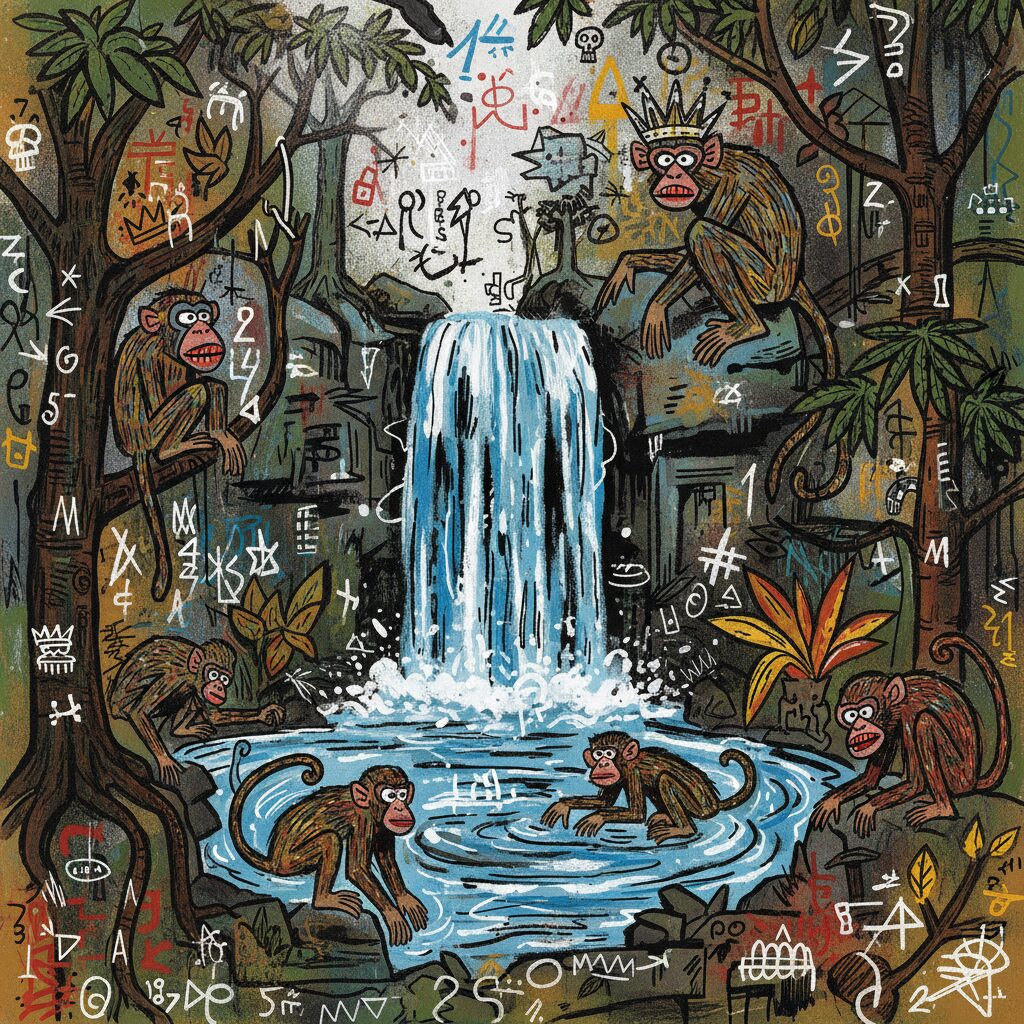
You’ll hear Minoh Falls before you see it. The gentle murmur of the river gradually swells into a powerful roar, building anticipation with every step. The path takes one last turn, and there it is—a stunning curtain of white water plunging 33 meters down a sheer rock face into a deep, clear pool below. The sight is breathtaking. Minoh Falls, or Minoh-no-taki, has been admired for centuries and is officially recognized as one of Japan’s top 100 waterfalls. The raw power and simple elegance of the falls form a striking centerpiece for the entire park. A spacious viewing area with benches invites you to sit and simply take in the scene. The mist from the falls gently touches your face, carrying the cool, clean scent of water and stone. It’s a deeply meditative spot. You’ll see artists sketching, photographers setting up tripods to capture the perfect long-exposure shot, and families sitting in quiet awe. The area around the falls is well-developed, featuring a few small stalls selling snacks like roasted chestnuts and grilled river fish, adding to the festive yet relaxed atmosphere. The character of the falls shifts dramatically with the seasons. In summer, it serves as a refreshing oasis, with the spray offering relief from the heat. In autumn, it is framed by a breathtaking display of red and gold foliage, a scene so perfect it resembles a painting. In winter, the crowds vanish, and on rare cold days, the edges of the waterfall can freeze into delicate icicles, turning it into a crystalline sculpture. In spring, the fresh green of new leaves provides a vibrant, life-affirming backdrop. No matter the time of your visit, the waterfall is the heart of Minoh—a place of natural power and undeniable beauty that makes the gentle walk truly worthwhile.
The Wild Side: Understanding Minoh’s Monkeys
Beyond the waterfall, Minoh Park is well-known for another group of inhabitants: its population of wild Japanese macaques, also called snow monkeys. These animals captivate visitors endlessly, but it is essential to approach any encounter with respect and caution. For many years, a designated monkey park existed on the mountainside, but it was closed to allow the macaques to return to a more natural lifestyle. Now, they roam freely throughout the park. Although you might not see them every time you visit, spotting a troop foraging on the hillside or grooming each other along the path is an unforgettable experience. Here is a crucial piece of advice: these are wild animals. The park is covered with signs in multiple languages warning visitors not to feed, touch, or make direct eye contact with the monkeys. They have grown accustomed to humans and can be bold, especially if they detect food. Keep all food securely stored in your bag. If you are eating, be discreet and mindful of your surroundings. Never leave bags unattended, and avoid carrying plastic grocery bags, as the monkeys associate them with food. It is particularly important to supervise young children, ensuring they do not approach the monkeys or wave food around. The best way to enjoy the macaques is from a safe distance, observing their complex social behaviors and natural interactions. Watching a mother macaque cradle her baby or seeing young ones playfully tumble together is a genuine privilege. By following these guidelines, you help ensure a safe experience for both visitors and the monkeys, allowing them to remain a wild and wonderful part of the Minoh ecosystem.
Seasons of Splendor: Choosing Your Time to Visit
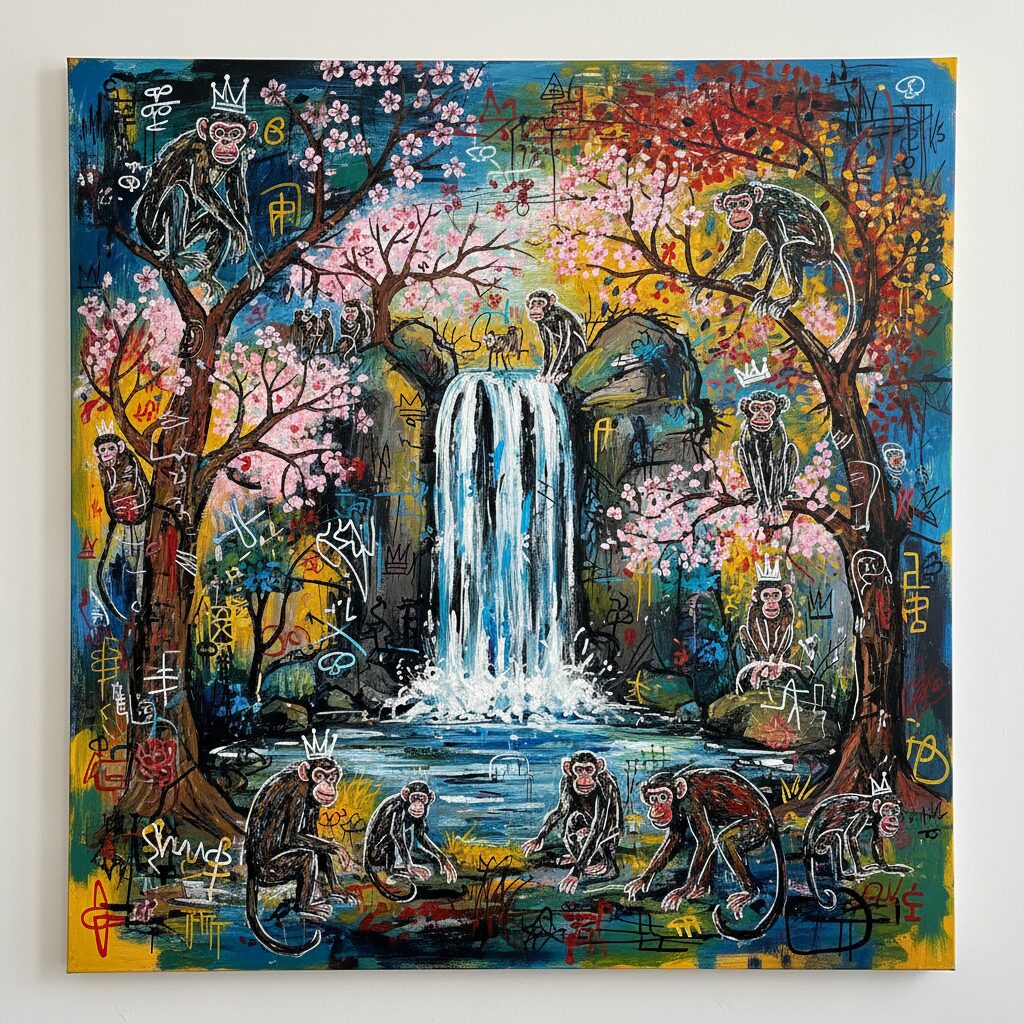
Minoh Park is a destination to enjoy year-round, with each season casting the valley in a uniquely different light and offering a distinct experience. Undoubtedly, autumn is when the park truly shines. From mid-November to early December, the valley bursts into a symphony of fiery reds, brilliant oranges, and sunny yellows. The Japanese maples, or momiji, for which the park is renowned, reach their peak color. The Takimichi Trail becomes a vibrant canopy, and Minoh Falls framed by this autumnal blaze stands as one of Kansai’s most iconic sights. This is also by far the busiest time, with the path often crowded, especially on weekends, but the breathtaking beauty makes sharing the space worthwhile. Spring offers a more subtle yet equally stunning experience. In early April, pockets of cherry blossoms bloom throughout the park, gently dusting the landscape with soft pinks and whites. This is followed by the season of shinryoku, or fresh green, when new leaves emerge in an incredibly vibrant shade of green. The air feels fresh and alive, and the crowds are noticeably thinner than in autumn. Summer provides a welcome respite from Osaka’s notorious heat and humidity. The dense tree canopy creates a cool, shaded environment, and temperatures along the river are several degrees cooler than in the city. It’s the perfect season to dip your tired feet into the chilly, refreshing waters of the Minoh River. Winter is the quietest season, ideal for peaceful reflection. The bare branches of deciduous trees form stark, beautiful silhouettes against the sky. On crisp, sunny winter days, the park is wonderfully serene, and if you’re fortunate, a light dusting of snow transforms the valley into a silent, monochrome wonderland. Each season holds its own distinct charm, so the “best” time to visit depends on whether you prefer vibrant colors and lively crowds or quiet solitude and understated beauty.
Practical Pointers for a Perfect Day
To get the most out of your Minoh adventure, a bit of preparation goes a long way. First and foremost, wear comfortable shoes. Although the main trail is paved, it’s still a three-kilometer walk each way, and you’ll be on your feet for several hours. Sneakers or good walking shoes are ideal. Heavy hiking boots are only necessary if you plan to explore the steeper, unpaved side trails. Dressing in layers is also wise. The valley can be cooler than the city, especially near the waterfall and in shaded areas, so having a light jacket or sweater that you can easily remove is helpful. Don’t forget to bring a bottle of water, though vending machines and small shops are available along the trail if you need to refill. While there are places to buy food, packing a few snacks is a good idea—just be sure to store them securely to avoid attracting monkeys. For families, the main path to the waterfall is mostly accessible for sturdy strollers, with a few gentle slopes that make it a manageable walk. Public restrooms can be found at several points along the trail, including near the station, mid-trail, and at the waterfall. A small towel might be useful if you want to try the free public footbath, or ashiyu, located just a short walk from Hankyu Minoh Station. It’s a wonderfully relaxing way to soothe your feet after the return walk. Allow at least three to four hours for a leisurely round trip, including time to enjoy the waterfall and browse the shops. If you plan to explore side trails or visit Ryuanji Temple, set aside extra time. Most small shops accept cash only, so having some yen on hand is essential for buying momiji tempura and other treats.
A Final Breath of Fresh Air
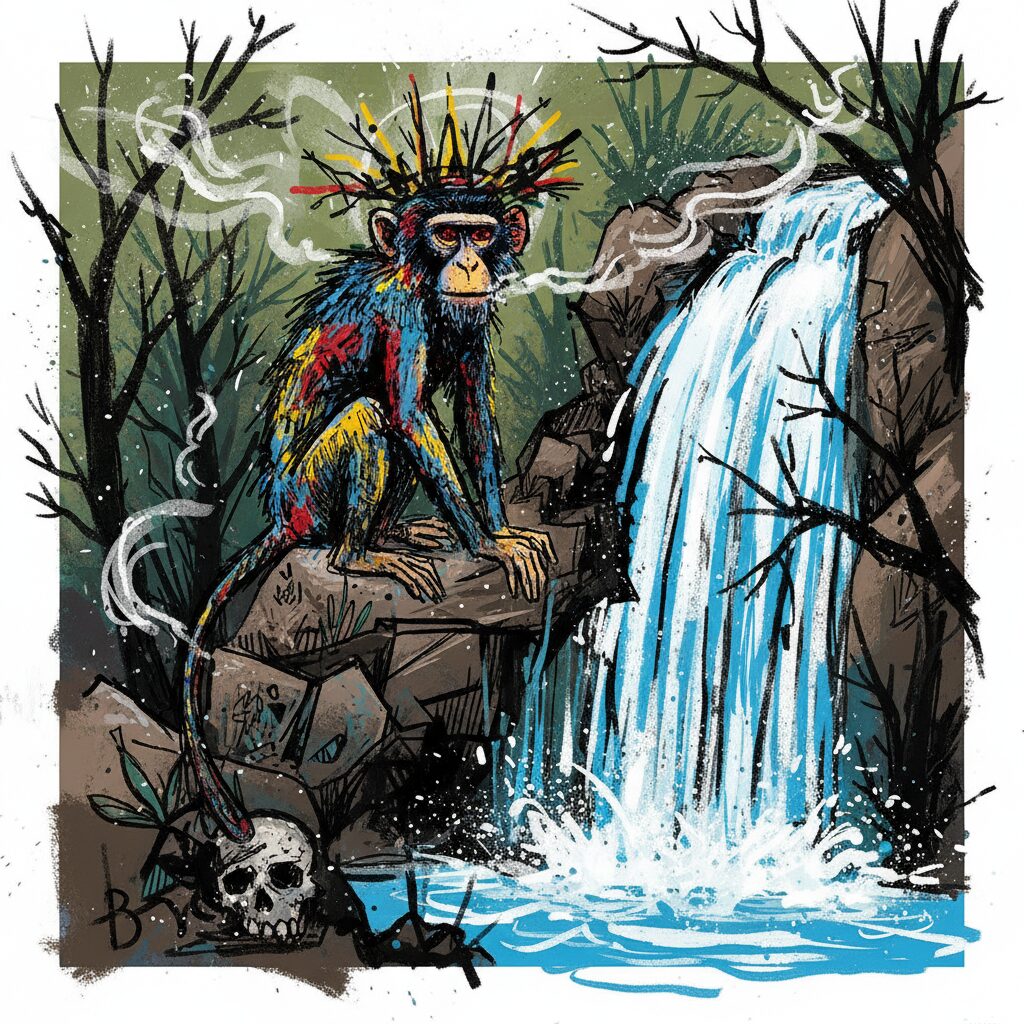
As you board the train at the charming Minoh Station to return to the city, you’ll carry more than just a bag of crispy maple leaves and photos of a waterfall. You’ll bring with you a sense of calm and the feeling of having connected with a wilder, quieter side of Japan that exists in perfect harmony with its urban counterpart. Minoh Park serves as a reminder that nature is never as distant as we might think. It’s a place that refreshes the spirit, clears the mind, and provides a beautiful, accessible adventure for everyone. Whether you visit for the famous autumn foliage, the cool summer shade, or simply the chance to spot a monkey in the wild, you’ll leave with a deeper appreciation for the incredible variety of experiences Osaka has to offer. It’s the perfect remedy for sensory overload—a gentle journey proving that sometimes the most memorable travels are not the farthest, but those that lead you along a simple, beautiful riverside path all the way to a waterfall.
